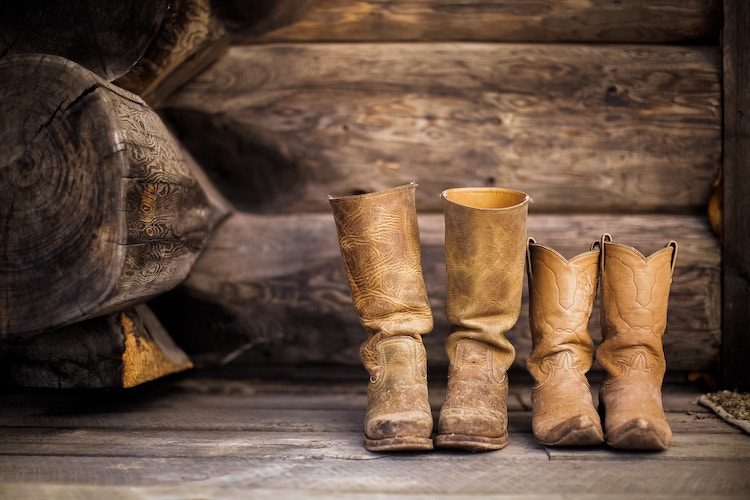With seemingly everyone and everything going vegan these days, leather is no exception. However, vegan leather might have some unexpected adverse environmental implications, so read on to learn more.
Real leather
To understand vegan leather, we need to know what real leather is and where it comes from. It was first recorded around 3.3 million years ago, when primitive humans would use the skin of hunted animals for shelter and clothing. It is most commonly made from cowhide, but goat, buffalo and even snakeskin can be used. The leather is prepared by tanning, and this preparatory stage can include methods of soaking, hair removal, bleaching and sometimes even pickling. Tanning makes the leather a durable material, ideal for a variety of clothing and household products.
What is vegan leather?
In an age of environmental consciousness and an increased regard for animal rights, many have questioned the ethics of leather production. Thus, the emergence of vegan leather. Like real leather, the vegan alternative comes in many forms, but none age as well as real leather. Despite this, it’s produced to replicate real leather to a tee, and we use this alternative in everyday life, from upholstery to clothing to packaging.
How is vegan leather made?
Synthetic leather is produced in a process that differs greatly from the process of making real leather. The most common method is attaching a plastic coating to a piece of cloth. The likes of PVC (polyvinyl chloride) and PU (polyurethane) are components that make up the plastic coating. PVC has been used for years, but PU is a newer, less hazardous plastic.
Is vegan leather good for the environment?
We assume that vegan leather is better for animals, but there are still ethical issues involved in its production. Since it’s created with a plastic coating, the manufacturing of this plastic releases toxins into the atmosphere, resulting in a negative environmental impact. PVC synthetics are particularly harmful because they have been shown to cause cancer.
As for PU, the issue lies with the toxic solvents that are used in it. One of these chemicals is dioxin, which can be ingested by animals because it doesn’t completely biodegrade. Sadly when ingested, it can cause cancer, breathing difficulties, and birth defects.
The organic production of real leather doesn’t seem so bad after considering the environmental implications of vegan leather. The biggest downside of real leather for animal rights activists is, of course, the fact that animals die for humans to use their skins, as natural as the procedure may be. However, with the mass manufacturing processes used to create both types today, it brings about the big question…
So which is better, vegan leather or real leather?
It seems as though both forms of leather are harmful to animals, though the plastic leather, or ‘pleather’, is arguably worse because of how harmful it can be to the environment. It’s not all bad news though! Vegan leather is slowly moving away from plastic materials to eco-friendly alternatives like paper, cork, and glazed or waxed cotton. Maybe we’ll soon be able to classify faux leather and pleather as the PVC and PU based leathers, while vegan leather can be strictly regarded as the type made from eco-friendly materials.
Edited by Brianne Recker.

